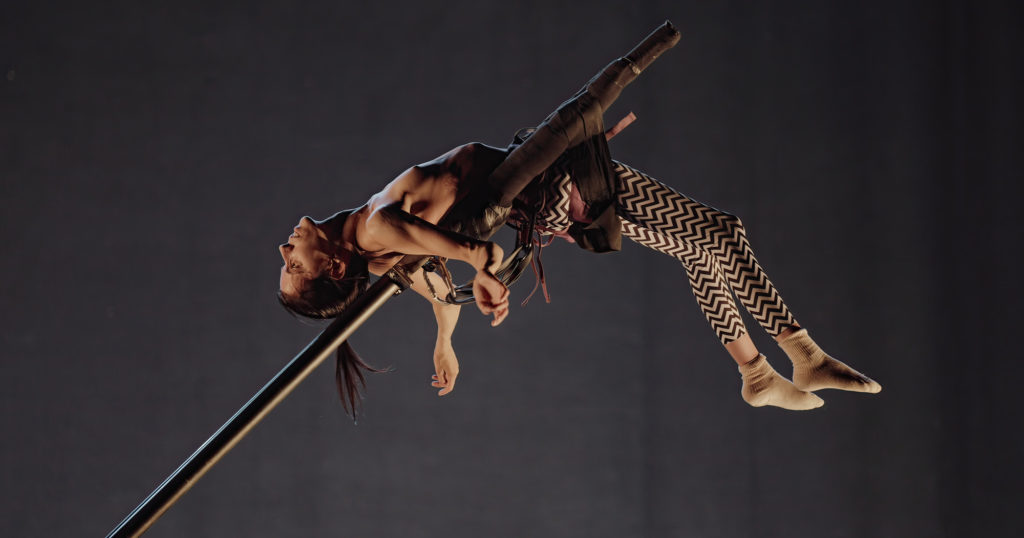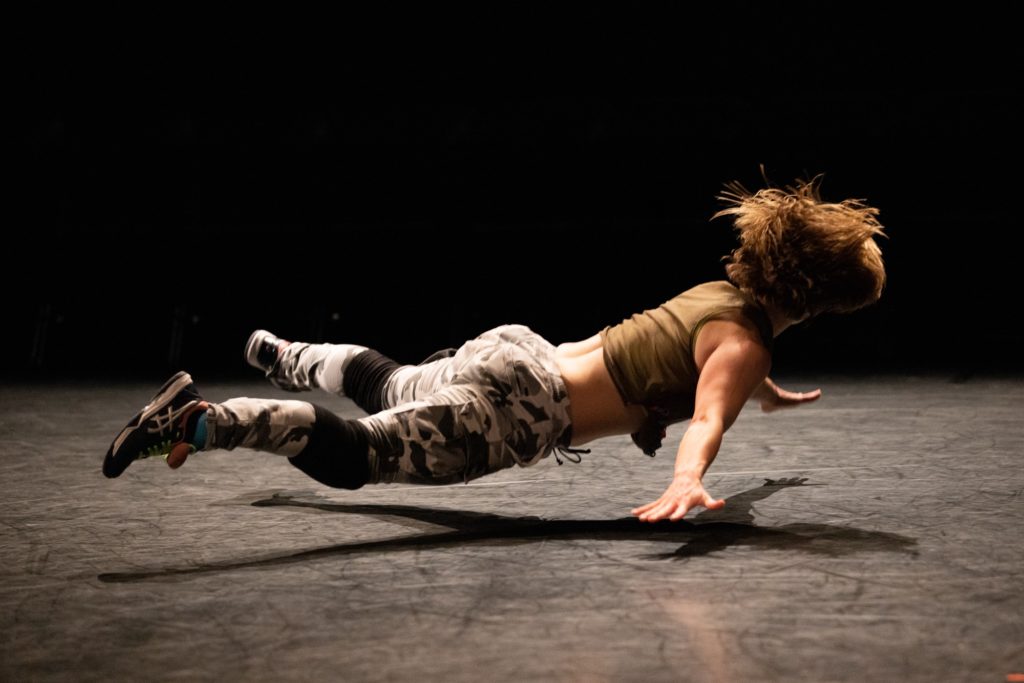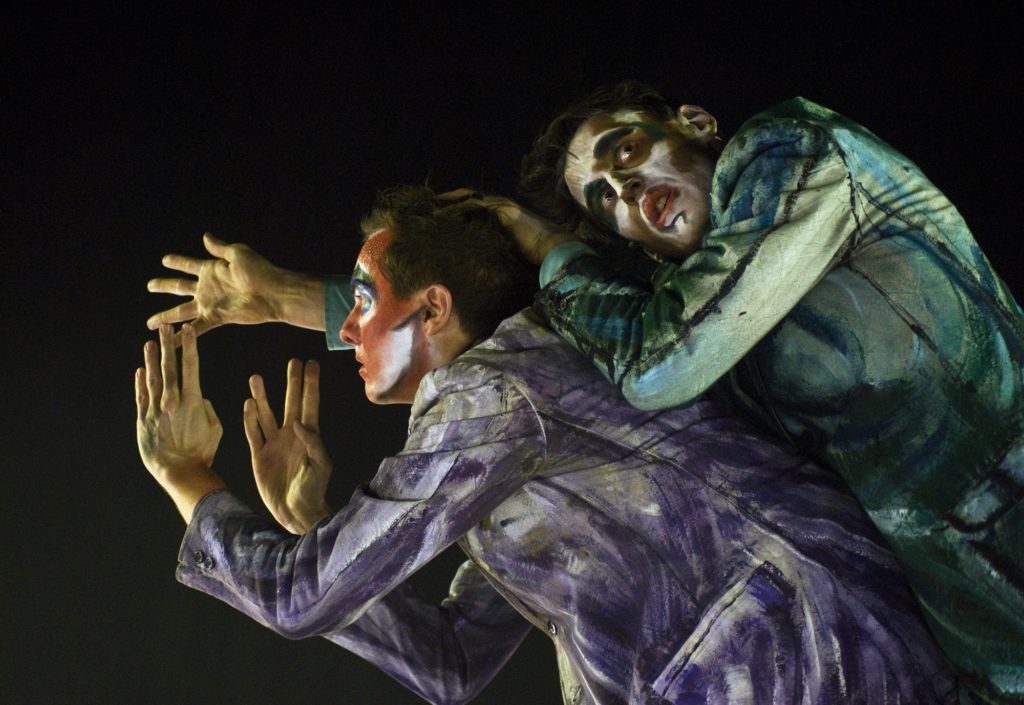Dance Umbrella, London’s biggest and most celebrated festival for dance, returns this month. Featuring a jam-packed festival line-up of international independent dance makers and companies, Dance Umbrella 2024 will be a fantastic opportunity to experience progressive dance by artists from a variety of different cultures and life experiences.
Ahead of the festival’s opening this week, we sat down with Dance Umbrella Artistic Director Freddie Opoku-Addaie to chat about the festival’s approach to programming, how Dance Umbrella supports independent artists, and why this year’s festival is a dedication to the late and great dance figure Emma Gladstone who passed away last year.
Q: Thanks for speaking to us, Freddie! This year’s festival is in honour of Emma Gladstone who was Artistic Director of Dance Umbrella from 2013-2021. How are you celebrating Emma this year?
A: It goes without say that we dedicate this year’s festival to Emma who had a transformative impact on the UK, international dance and cultural sectors. There aren’t many individuals who have brought that verve and widened the conversation of what dance is beyond a Western canon. Hopefully the works we’ve put together this year really speak to that!
Q: What is Dance Umbrella’s approach to programming work and artists?
A: It comes back to some of the values that I just mentioned regarding the work within and beyond the Western canon. It’s also increasingly about the lived experience of the artist, which really comes through when you see works at Dance Umbrella.
What is really, really exciting to see in this programme is an artist like Mamela Nyamza, who performed at the festival in 2011. Former artistic director Betsy Gregory programmed the solo version of her work Hatched Ensemble, which will now be on the main stage at Barbican.
So it’s about upscaling those artists’ voices into the mainstream spaces. We also have Diana Niepce at the Southbank, another artist with a beautiful lived experience who explores injury and types of bodies that circus champions and doesn’t champion.
There is a strong female choreographer and performer presence – we also have Abby Z too with her crew New Utility. It’s not just one female either to tick a box; there’s really a range of lived experiences.



When it comes to Dance Umbrella’s approach, it’s really about reworking ‘the gaze’ and who gets to tell stories. The gaze is about pushing the conversation forwards how we communicate and connect culturally. Sometimes the person who gets to speak your truth is not necessarily a person who has that lived experience. I think all these artists this year specifically are from that stock. Their lived experience is really coming through in a more gracious way.
Another thing that’s important about the gaze is that it has shifted in terms of how artists want their work to be viewed from their lived experience. In Mamela’s work, for example, she has her bust out. In parts of Sub-Saharan Africa this is very natural. I mean, obviously I’m a Black male so I don’t have that lived female experience but I know, having grown up in Ghana, that being topless was sexualised. But the perception is different in the Western world, so I think it’s really important that an artist really has the time to have this type of conversation with audiences.
Q: Dance Umbrella is a key cog in the dance industry’s engine and has been going for decades. How do you keep it fresh and open to evolution?
A: It’s really important that the work reflects London as a global city. We know there are more venues across London presenting dance, and we’re also going to those main venues as well as other non-dance venues like Brixton House, Unicorn (for the children’s work), and then also Pottersfield.
We’ve also got an open air, free event The Bobby Dazzler by Hackney Showroom which is also good for audiences to stumble upon dance, something Dance Umbrella is very much known for.
As well as bringing in and nurturing artists like Mamela, we are also working with artists who are still urgent, like Lea Anderson, who’s doing an amazing Artist Encounters at Trinity Laban. It’s a ripple effect really as we’re also celebrating the artists that Lea has worked with, many of whom are now leaders within a sector and outside the sector.
Q: It a challenging time for independent artists right now. What would your message of hope and support be?
A: Until recently I was an independent artist for over 20 years. Most of the artists that we work with, I’d say 95%, are independent freelance artists. And I know what’s happening to freelance artists. Before the pandemic, there was some noise about how it’s going to get better but it’s still not great. It’s even worse, actually, nowadays. So I think that it is really important that we as a festival continue to do what we can to support and platform independent artists despite the challenges.
With Dance Umbrella, we really agitate conversations in a positive way. Because actually that’s where real openness to engage with multiple areas and layers begins, without necessarily being bogged down by systems and structures. We need both. We need to agitate the system and structure, otherwise it doesn’t move forward. I think independent artists are amazing at doing that. The festival celebrates them.
So hopefully we’re trying to do our best as much as we can. We try and keep access to free events, all the talks are free, because we also want independent artists to engage and hopefully network. There is a Digital Pass, Studio Sessions. There’s pay what you can. So we are aware of those who are really struggling, and we want artists to be inspired by one another.
Independent artists are the lifeblood of how ideas are cultivated. Their ideas basically are the genesis of what becomes mainstream. So we should not forget that.
